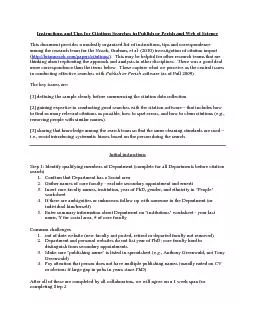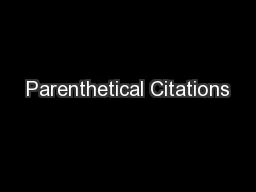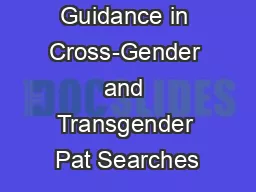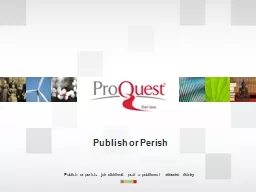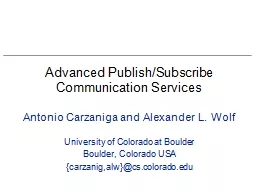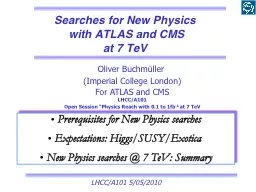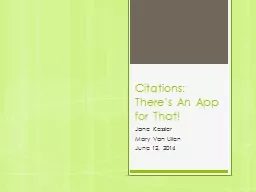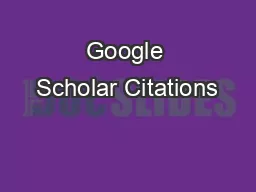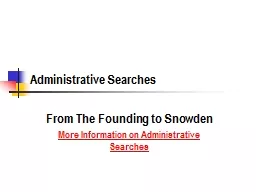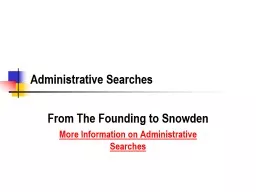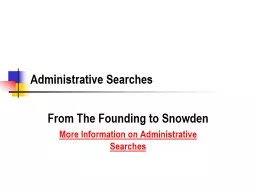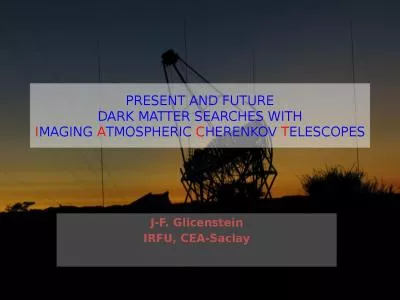PDF-Instructions and Tips for Citations Searches in Publish or Perish and
Author : stefany-barnette | Published Date : 2015-09-22
This document provides a modestly organized among the research team for the Nosek Graham ettion of citation impact httpbriannosekcompaperscitations other research
Presentation Embed Code
Download Presentation
Download Presentation The PPT/PDF document "Instructions and Tips for Citations Sear..." is the property of its rightful owner. Permission is granted to download and print the materials on this website for personal, non-commercial use only, and to display it on your personal computer provided you do not modify the materials and that you retain all copyright notices contained in the materials. By downloading content from our website, you accept the terms of this agreement.
Instructions and Tips for Citations Searches in Publish or Perish and: Transcript
Download Rules Of Document
"Instructions and Tips for Citations Searches in Publish or Perish and"The content belongs to its owner. You may download and print it for personal use, without modification, and keep all copyright notices. By downloading, you agree to these terms.
Related Documents

